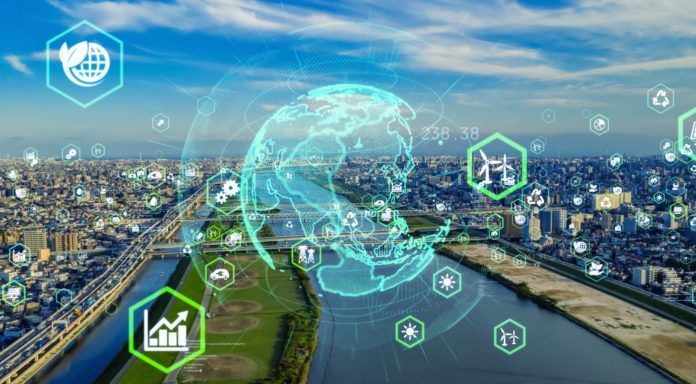
Smart water metering is taking off in the water sector, with the smart share of AMI and AMR almost doubling from 28.2% in 2012 to 46.7% in 2020, thanks to water shortages and the importance of leakage protection.
The global smart water meters market is expected to record significant growth of 7.7% between 2020 and 2026 thanks major investment in digitalisation as the world recovers from the pandemic.
A report by Global Industry Analysts forecasts that investments in smart water metering to jump from $2.9 billion in 2020 to $4.6 billion by 2026, with the USA, Canada, China, Japan, and Germany leading the way.
What’s more, with water leakages costing the global industry $39 billion a year in lost revenue, connected technology is set to drive change for utility companies, local governments and businesses around the world.
The drivers of smart meter investment include:
- Addressing water scarcity
- Detecting leakages
- Eliminating non-revenue water
- Updating aging infrastructure
- Dealing with rapid urbanisation
- The enactment of supporting legislation
- Water conservation
- Improving operational savings
- Ensuring accurate water bills
- Developing smart cities
AMR for Water Suppliers
In a recent interview, Mark Cooper, head of smart metering at Thames Water, said that metering is “absolutely at the heart of water resource management plans”, reducing abstraction and improving resilience.
Thames Water services most of Greater London and beyond and has increased its smart water meter penetration over the past six years, the company has increased its smart water meter penetration from around 34% to 49%, and recently reaching half a million devices.
The benefits of AMRs
The real-time nature of AMR data from an AMR water meter enables customers and businesses to work to the minute to transform costs and consumption.
Cost-effectiveness
AMRs can be retrofitted onto existing meters rather an entire overhaul, making the transition a much simpler process.
Saving precious resources
Information from AMRs can encourage households and businesses to use less water and spread demand at peak times as it gives customers an additional view of their usage which they man easily monitor.
When it comes to water, for example, a continuous flow could indicate a leak that needs to be attended to. Even having a closer eye on day-to-day consumption helps consumers understand their usage patterns better and make changes to reduce consumption as a result.
For water utilities companies, linking smart meter data with acoustic logger data and other devices helps better target leakage across networks. This helps customers and water utilities reduce the amount of water they take from the environment. The information gleaned from AMRs can be compiled and analysed to help companies understand where water is going, how much is consumed and what is being wasted.
Saving human resources
Having the process automated saves a significant amount of time and helps to keep employees safe as they don’t have to access meters in dangerous locations.
Customer engagement
Smart metering enables better customer engagements and relationships. By providing customers with more information about their consumption, you empower them to take control of their energy use. They can also be ensured of the accuracy of their water readings and billing, the report added.
